When I was young, RC planes were the pinnacle of the toy world. What could be cooler than a model airplane that could actually take off and pull cool loops and barrel rolls through the sky (or at least until you managed to stick it in a tree)?
It turns out we all had a limited imagination.
The modern-day drone makes those old balsa wood and foam planes seem antiquated. They are sleek, futuristic, and capable of dozens of cool tricks and gimmicks that would have seemed impossible just 15 years ago. From long-range control, to live “drone-vision” camera feeds, to dizzying acrobatic feats, is it any wonder that they’re so popular?
Interested in getting your own drone? Check out the Ultimate Beginner’s Guide to Flying Drones!
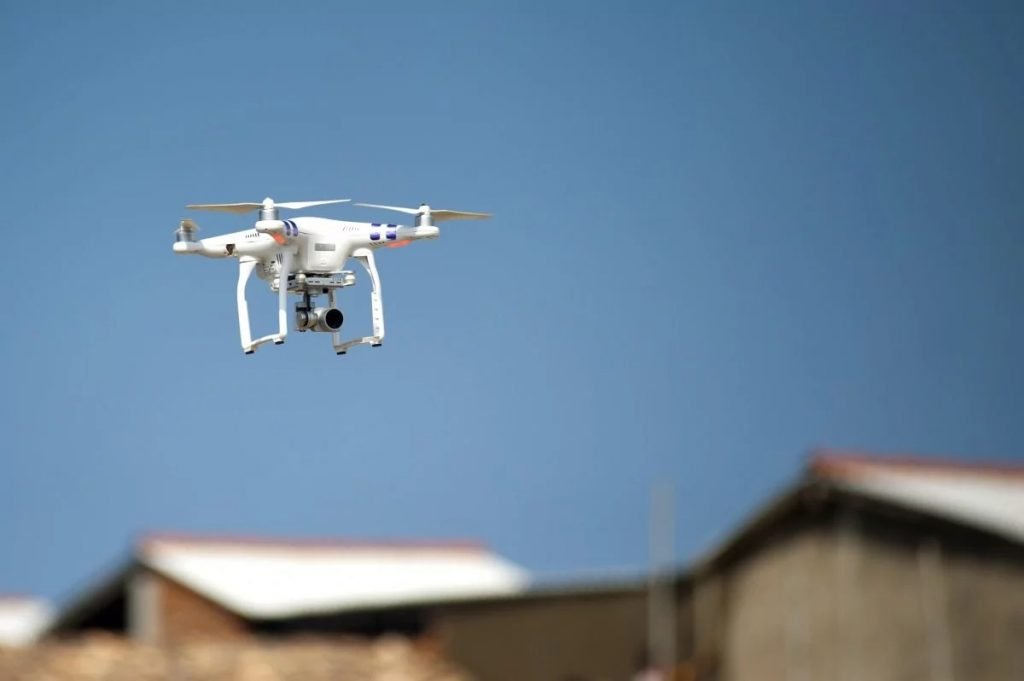
Drones are fun and popular toys but could cause trouble for the operator if not flown properly.
However, it’s not all fun and games. In 2007, Transport Canada released new regulations limiting the usage of recreational drones. These rules are serious – violations can result in fines of up to $3,000. It could be a nasty bill for an afternoon of aerial fun.
If you’re planning on taking your drone out for a little sky-time this summer, make sure you’re familiar with these new rules before taking off.
Flying the friendly skies
You might assume there isn’t much regulation surrounding a toy you can pick up at your local Best Buy, but Transport Canada sees drones as a legitimate safety concern for both operators and bystanders. If your drone weighs between 250 grams to 35 KG, these rules apply to you, so pay attention.
Do not fly your drone:
- Higher than 90 m above the ground
- Closer than 75 m from buildings, vehicles, vessels, animals, people or crowds
- Closer than 9 km from the centre of an aerodrome (any airport, heliport, seaplane base or anywhere that aircrafts take-off and land)
- Within controlled or restricted airspace
- Within 9 km of a forest fire
- Where it could interfere with police or first responders
- At night or in clouds
- If you can’t keep it in sight at all times
- If you are not within 500 m of your drone
- If your name, address, and telephone number are not clearly marked on your drone.
What does this mean? Well, it means you’re not going to be able to fly your drone in your backyard or take it to the local park anymore. This is just as well since several cities (such as Toronto) have specific bylaws prohibiting the use of drones in a public park at a municipal level already.
If you look at the distance you need to be from any people or buildings, it will quickly become clear you’ll need to take your drone out to a remote location to avoid running afoul of the law. While you may be able to find a rural location to fly, if you live in a major city it might be easier to join a flight club. There are several Ontario based organizations dedicated to safely and legally enjoying drones, RC planes, and RC helicopters. These clubs generally have locations where you can fly worry free.
Drones come with great responsibility. Transport Canada has regulated the use of drones for personal users. Anyone flying a UAV should be well informed before taking to the sky.
Not only can you not fly your drone near others, you can’t fly it too far away from your own location either. For most recreational users this shouldn’t be a concern, the most common and affordable drone models only have a range of 100-300 m as it is. If you’re a real enthusiast with a top-end model that is fully capable of flying 2 km or more away though, you’re going to need to reel it in.
Staying clear of restricted airspace is an obvious and understandable rule, but it can sometimes be confusing to know what space is and isn’t considered restricted. Fortunately, there is an online resource you can consult that will highlight trouble areas for you. Just plug your intended flight area into the UAV Site Selection tool and it will let you know if you’re cleared for takeoff.
At the end of the day, the new regulations have made it more difficult for the average drone enthusiast to get out there and fly. If you’re serious about the hobby and find the rules a bit stifling, consider professional training. Numerous organizations and schools are now offering hands-on professional UAV certification which will not only allow you plenty of practice flight time, but provide you with expanded options upon completion of the course that may make it easier to get permission to fly in otherwise prohibited areas.
Locally, the Waterloo-Wellington Flight Centre offers UAV Pilot Training programs that can be taken to master drone operation for commercial or personal uses.
[Royalty-free stock images courtesy of Pexels.]




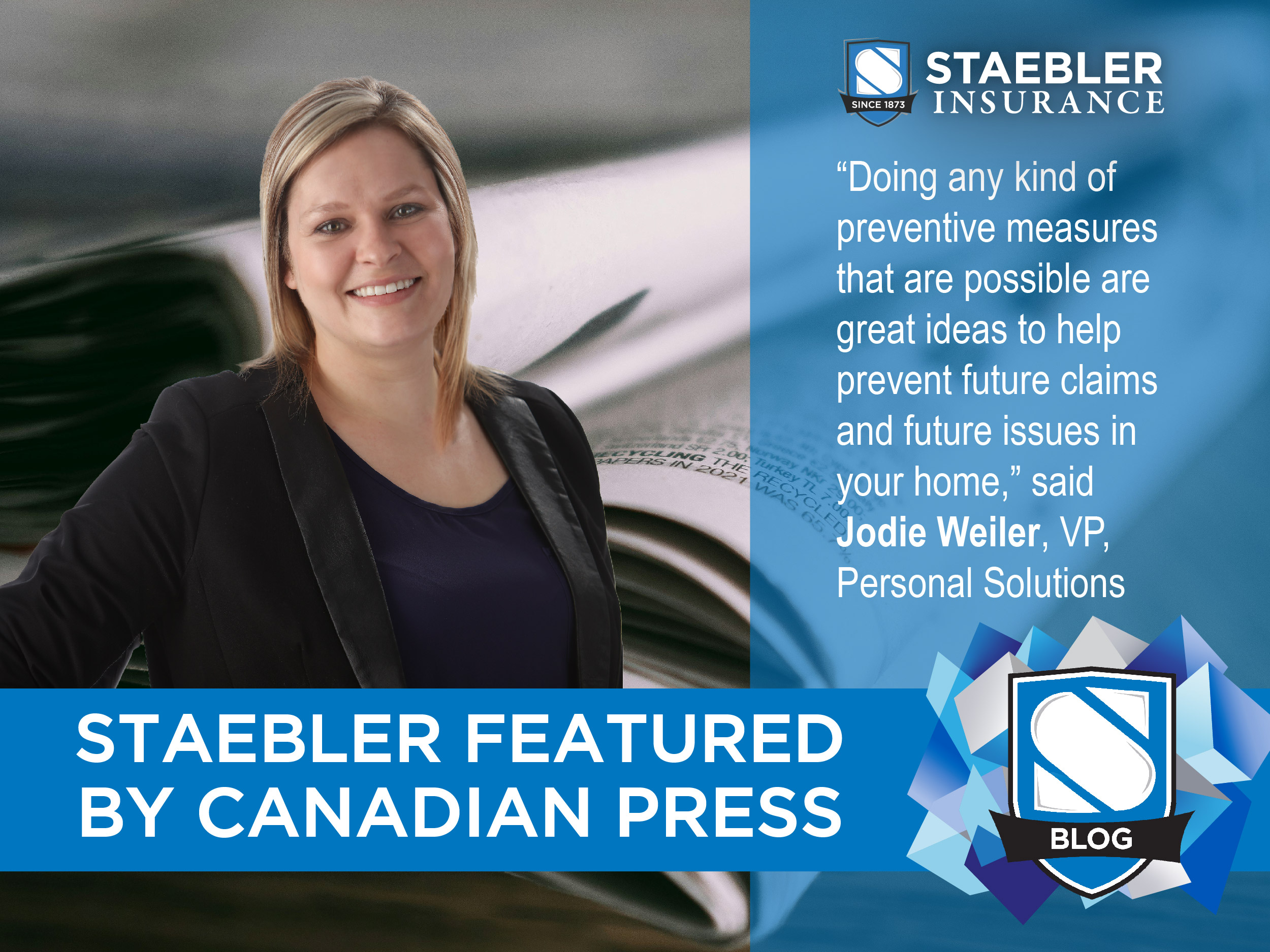
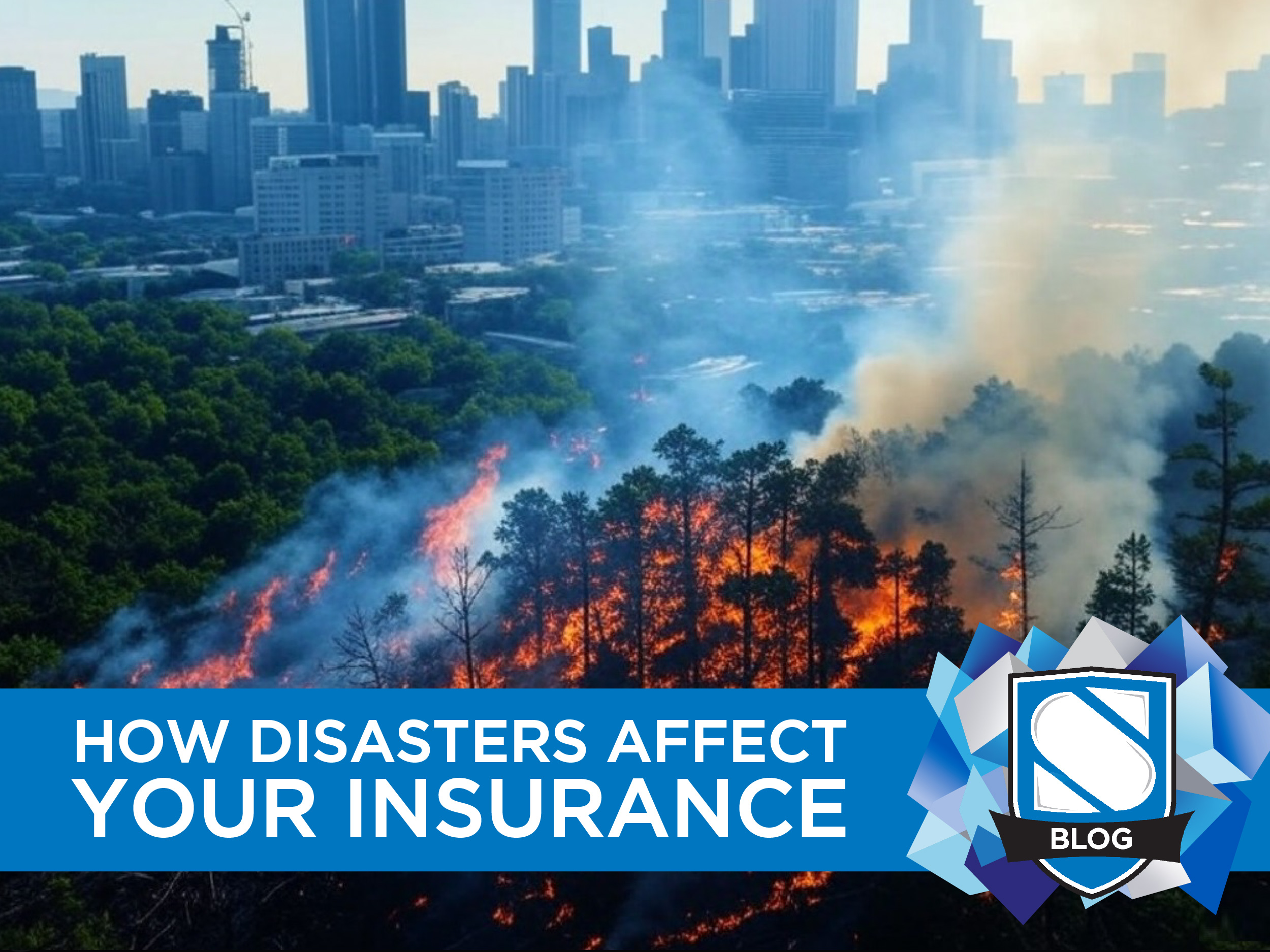
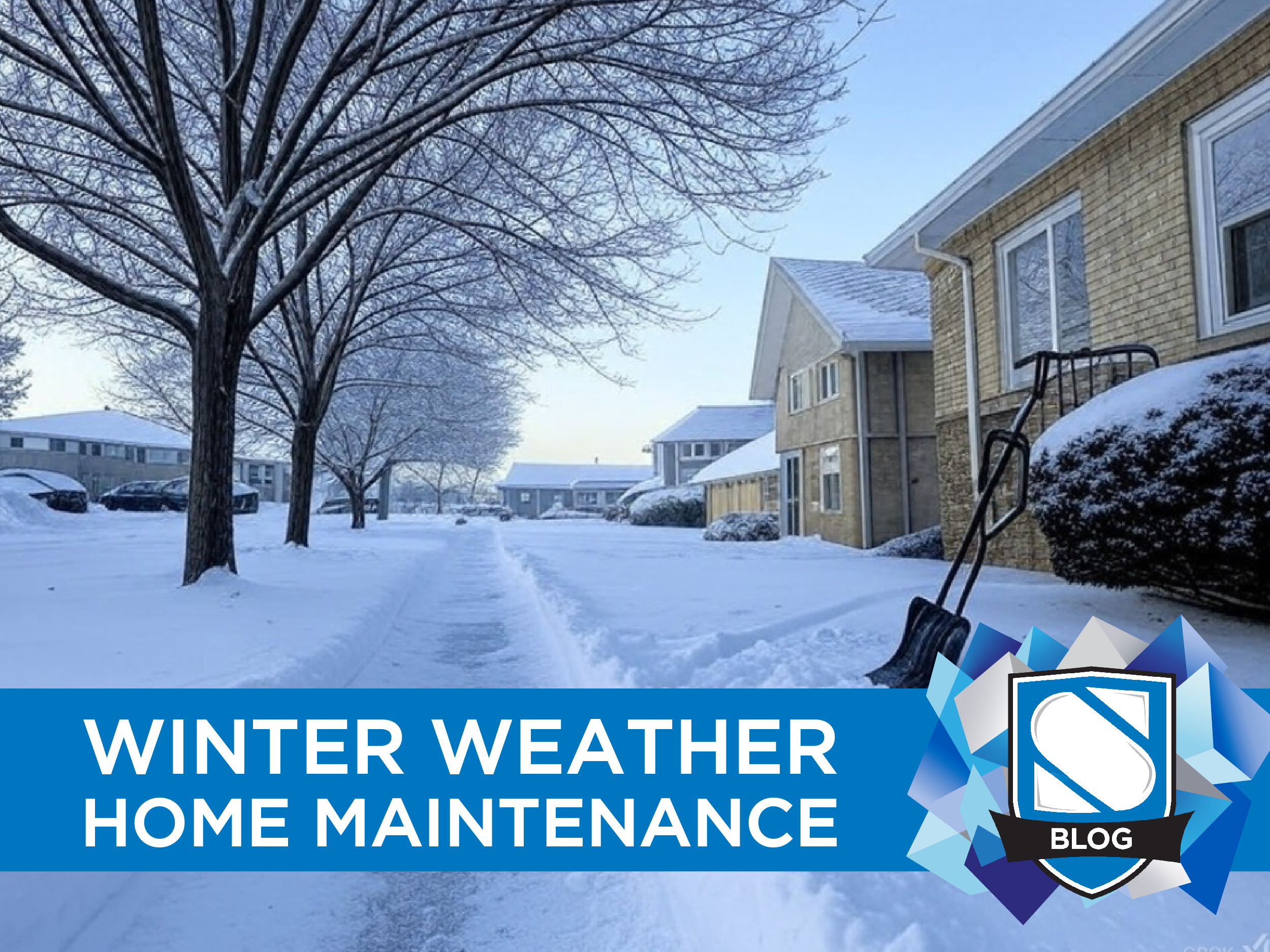
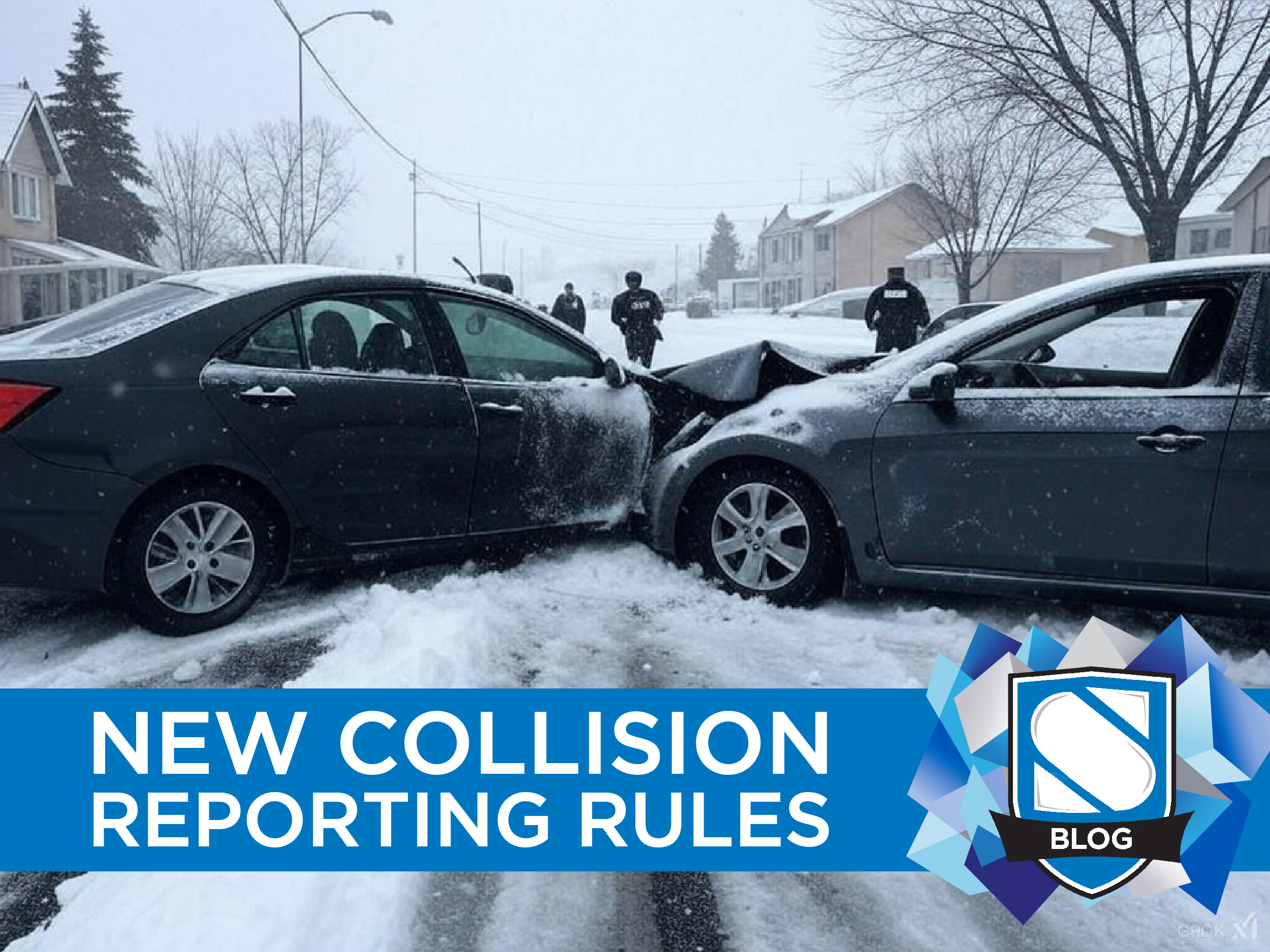

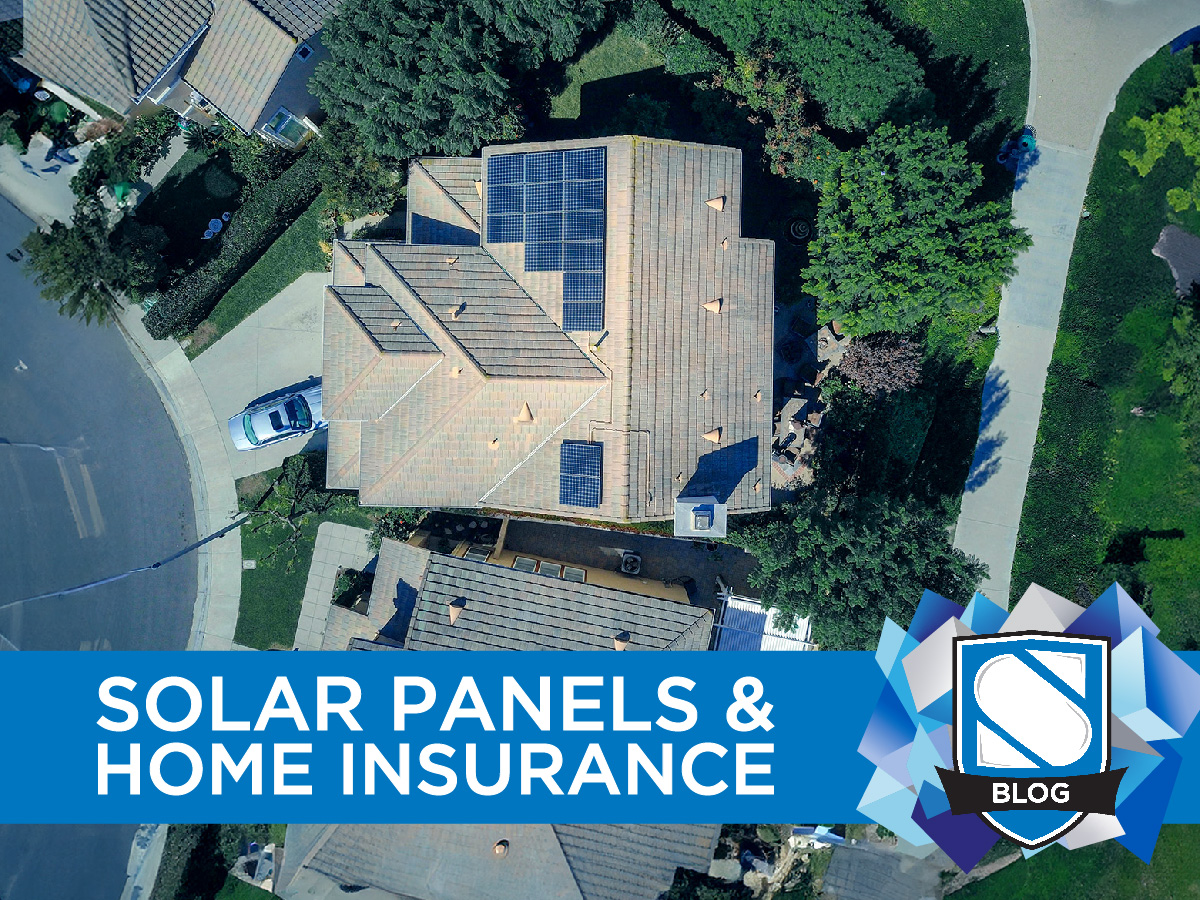
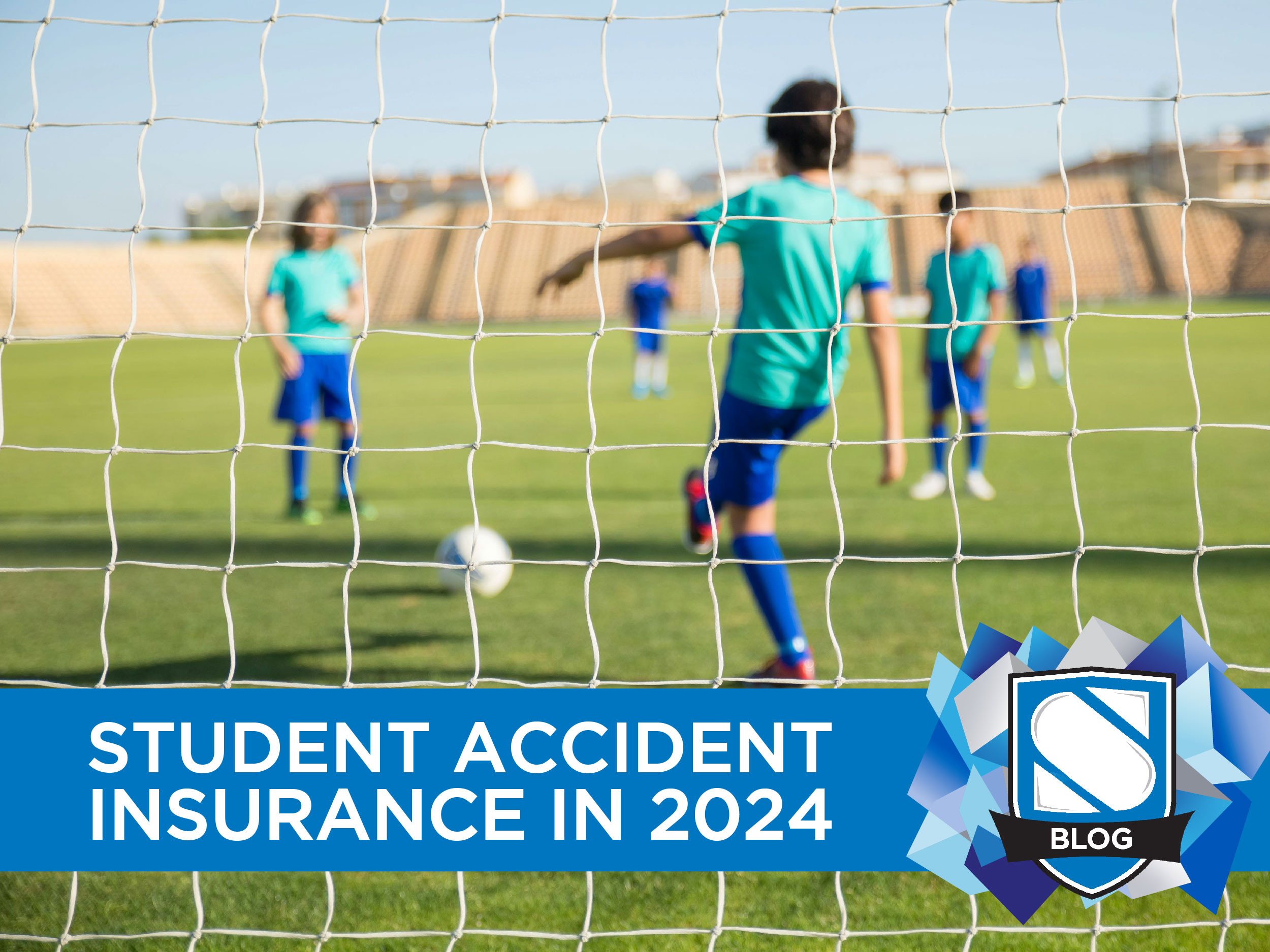
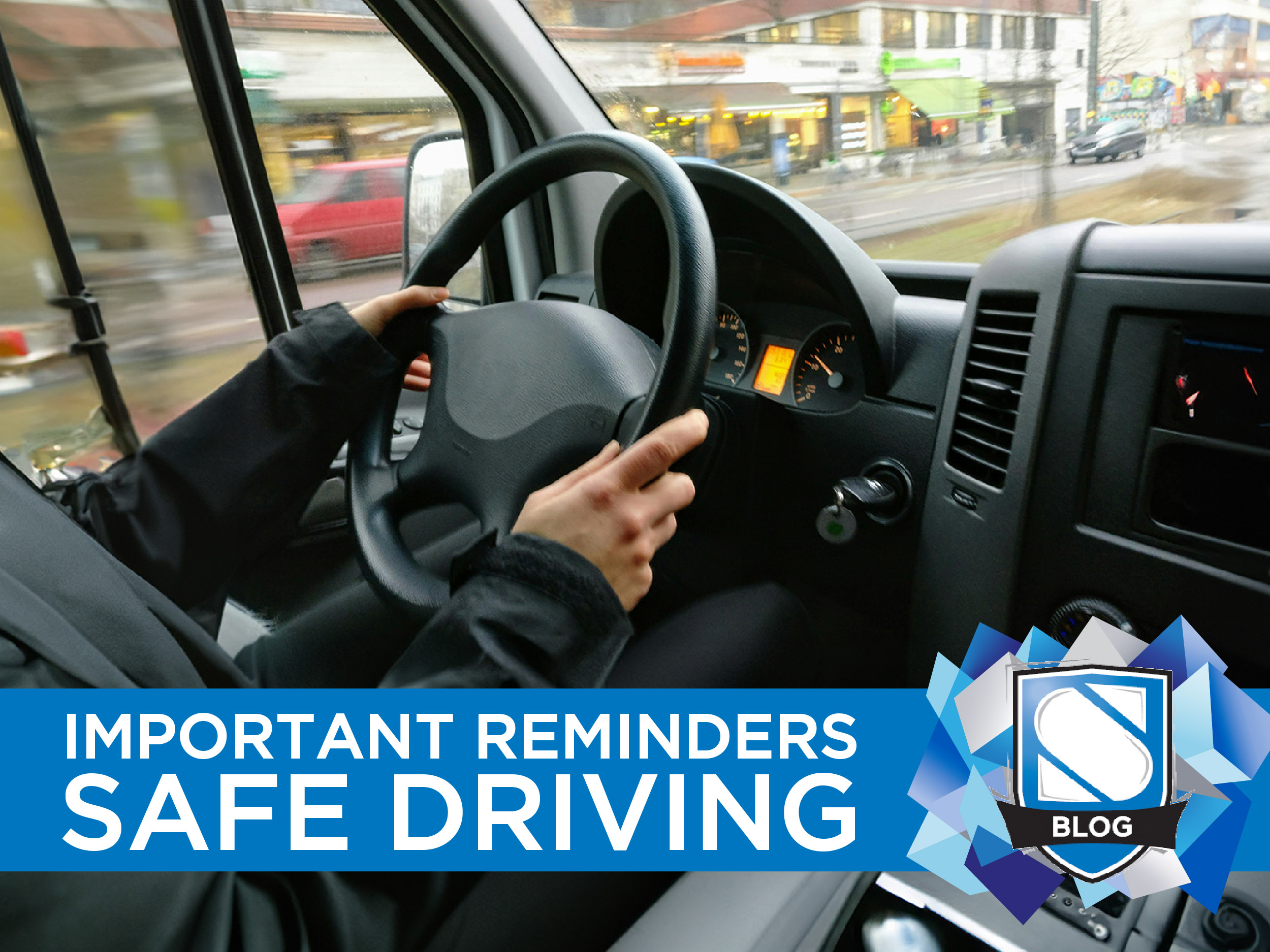
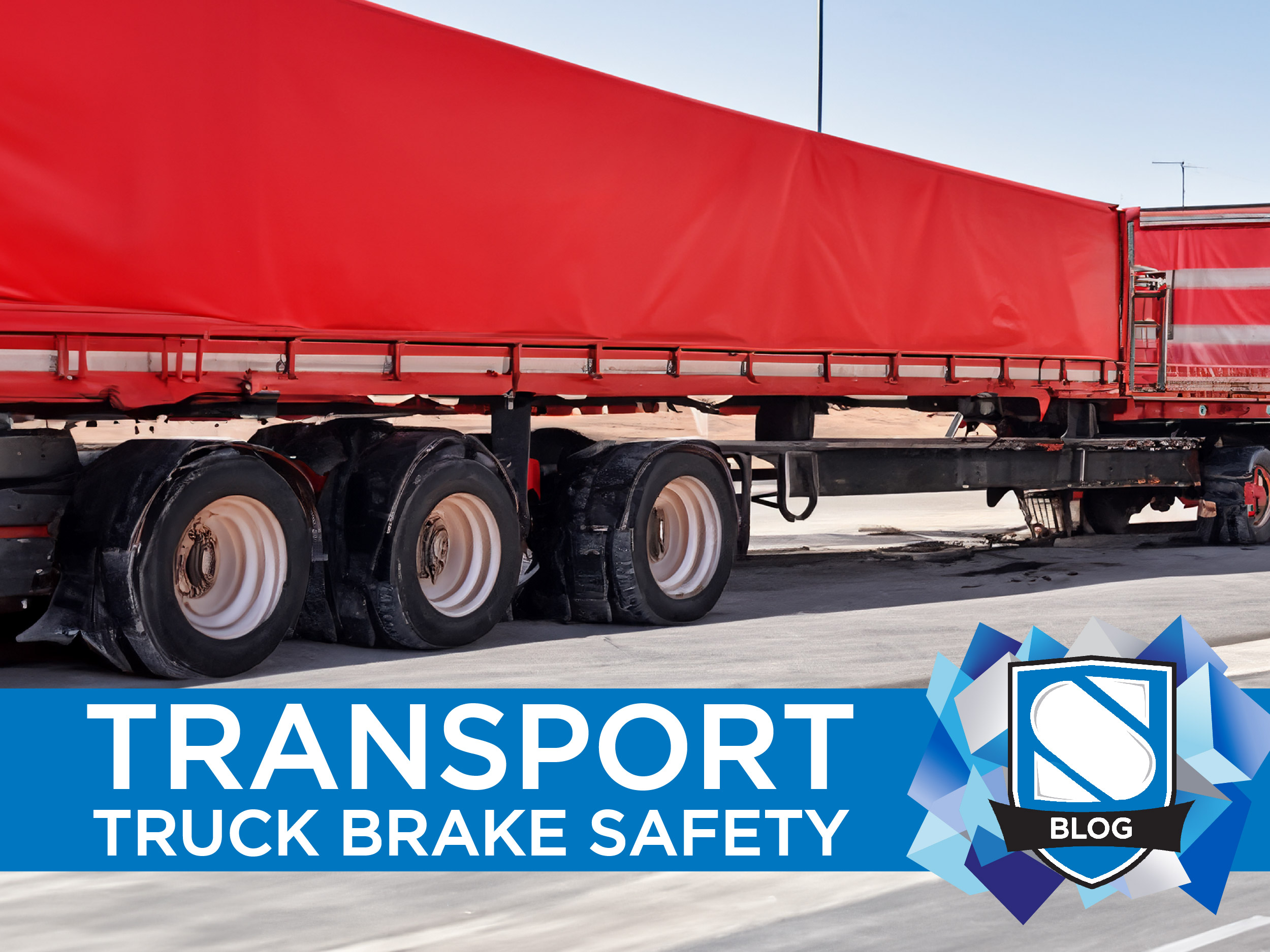
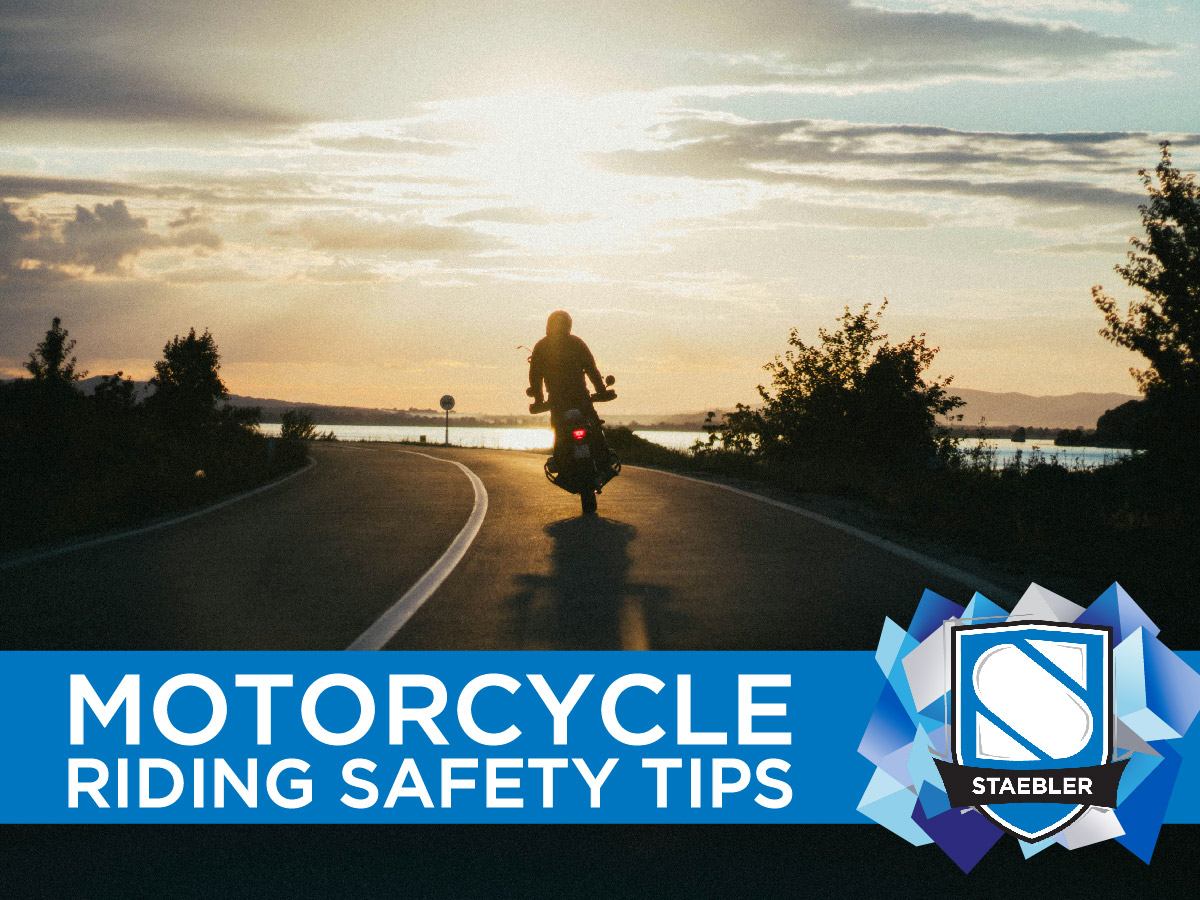
0 Comments